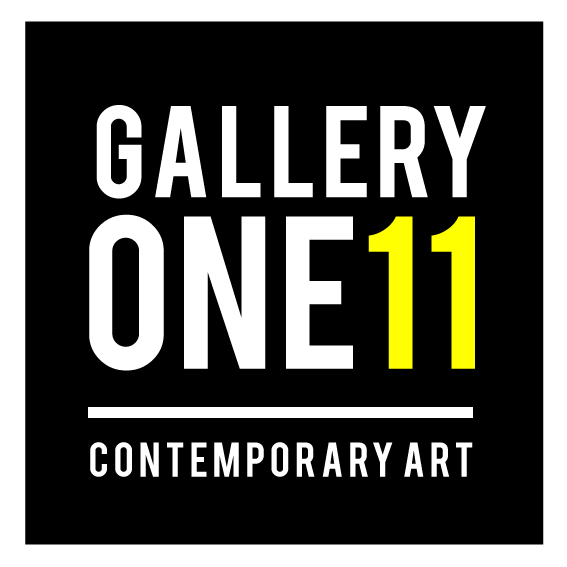Nicolene Burger
Nicolene Burger is a visual artist living in Cape Town, working primarily in oil paint and performance art. She received her BA (Visual Arts) from Stellenbosch University in 2017. In 2018, Burger showed in Masan, South Korea as part of the Rhizome Artist Residency where she improvised engagements with audiences that probed questions about race, voice, violence and identity. Burger was selected to take part in the 2019 ICA Live Art Workshop, which inspired her to start The Leap Collective (TLC) with Livia Schneider. In collaboration with Gallery One11, TLC brings together a community of collaborating artists, with a focus on experimental art events and workshops. Most recently, Burger and Schneider co-curated a series of immersive art events titled, Senses of the Seasons.
Night time brings relief and a cleansing of the slate.
Oil on board
15 x 15 cm
I am allowed to change.
Oil on board
15 x 15 cm
Anxiety is a scared child in me who needs love
Oil on board
20 x 20 cm
One need not push it, the knowing will come.
Oil on board
86,7 x 56,7 cm
The Painted Mantra series forms a collection of visual mantras, developed through art practice during 2018 whilst teaching English in Masan, South Korea. During this period I experienced insecurity and self-doubt regarding my future career as a professional artist. The distance and isolation in a foreign country, compounded by the cultural and linguistic barriers evoked unavoidable almost involuntary introspection. This resulted in a shift of my inner dialog and translated directly into healing my relationship with art. Since finishing my degree I have become interested in the emotional sustainability of art as a profession, considering the vulnerability it requires to market and sell what you create. This series reflects on the maintenance of the relationship between business and art, logic and intuition, mind and heart.
Curiosity can cure old habits
Oil on board
20 x 20 cm
After varsity my independent practice- with no scoring system or feedback from peers and lecturers- Ieft me unsure and I realized that a lot of healing had to happen in the way I related to my art practice. I had internalized the narrative of fear around being financially sustainable as an artist to such an extent, that I couldn’t bring myself to create anything. Furthermore, the conviction that I had to create informed art that spoke to some or other larger current theme, which felt removed from what I was experiencing on a personal level, became so heavy that I had dissociated art with a sense of play.
These questions and their debilitating impact reached its height in the 2018 whilst participating in the International Artist Residency at Espace Rhizome in Masan. I consciously developed a strategy to make the healing of my relationship with art the focus of what I would create. Spending time in nature (my main source of inspiration), meditating regularly and writing daily about the emotions I experienced connected to my art practice, was instrumental in shifting my perspectives. The writings became the subject of my paintings, interpreting them as moody, emotive inner landscapes.
We are what we think
Oil on board
20 x 20 cm
She is the home we leave home to look for. She is the one we come home too
Oil on canvas
32 x 41 cm
Landscapes have no beginning or end, they don’t strive to end up somewhere or have a greater purpose that they have to fulfill. They shift and change depending on how the light falls, the season and external forces imposed on it. The depiction of the organic, painted in layers of washes, refers to the playful organic energy of nature and art. British philosopher Alan Watts argues that life should be understood less as a journey and more like a dance or musical performance: it is not about the conclusion, it just is, therefore we, as humans, just are too and art is like that. In its essence, it is a playful natural energy which resulted in my realization: “Art for the sake of art is enough and as an artist, I am enough.”
The way we are raised to relate to reality is based on the principle of expectation. However, expectation is what robs us from the ‘now’, as it forces us to make assumptions about the future based on the past. Neuroscientist and philosopher, Sam Harris argues that the reality of your life is now, since the past, as it shows up in our consciousness, is just a thought, as the future is. When we stop pursuing the future, the playful nature of the universe is revealed. Whenever I feel overwhelmed by negative thoughts concerning my art career, I immediately start painting a grid. Either over a finished painting, one in progress or as a base for a new painting. Reinterpreting the grid as a meditative tool instead of a measuring tool, that allows me to become present and sit with the difficult emotions I am experiencing. Painting, concealing, scratching the grid becomes a sort of meditation of what will sit underneath or on top of it, as it compels me to patiently stay in its company until the grid is completed.
All we really have is now
Oil on canvas
32 x 41 cm
The grid and landscape exist together, blending and merging into an expression of art and the ego. This process and repetition of affirmative insights allow me agency over my inner narrative and bring insight. I see this relationship between the organic and the inorganic as an expression of the tug of war I constantly experience between logic and intuition, profession and art, structure and flow. This tug of war is a state that my art attempts to uncover, but not to solve. I allow it to exist as it is without criticism or hesitation.








